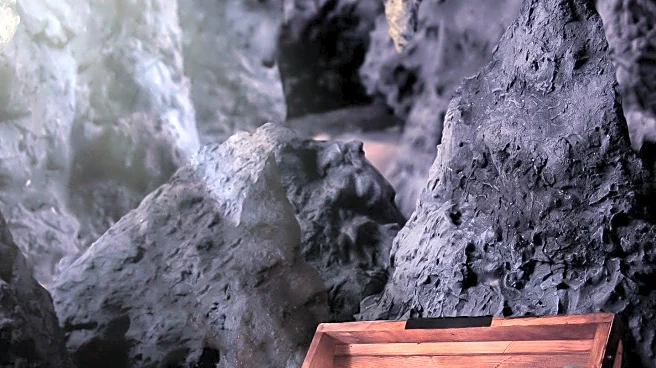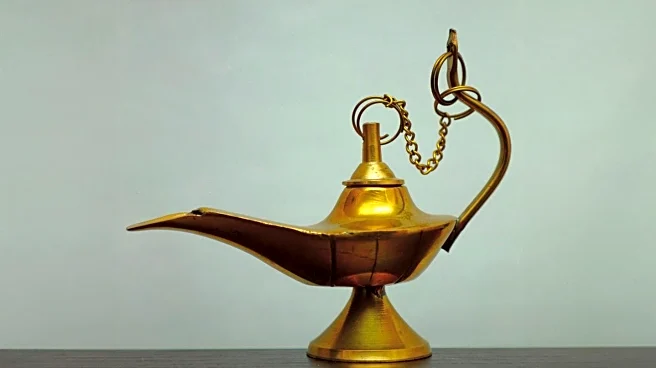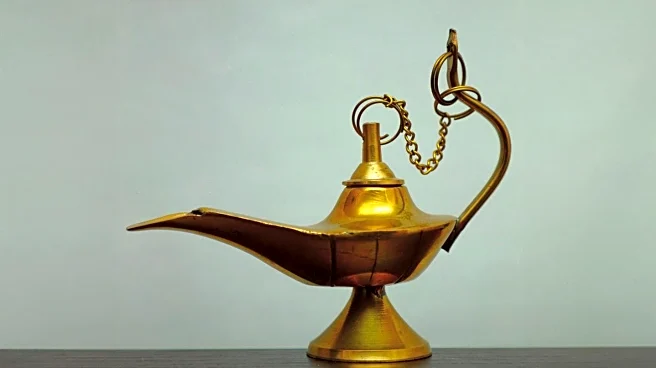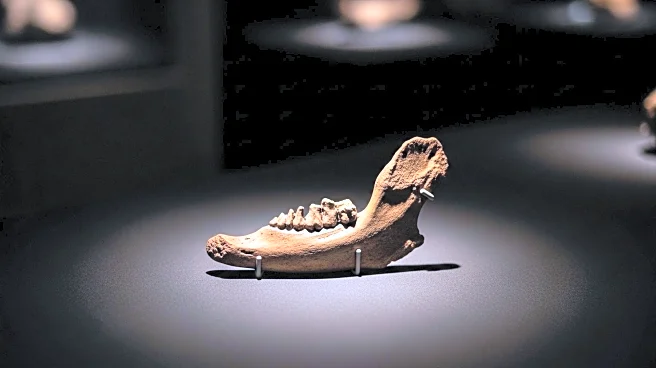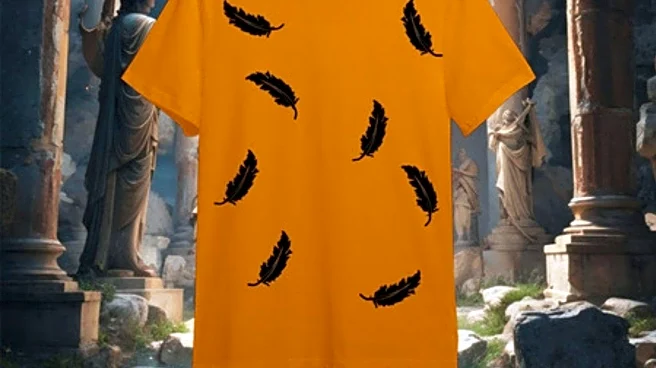What is the story about?
What's Happening?
Archaeologists have uncovered one of the largest Celtic hoards ever discovered at the Oppidum of Manching in Bavaria. The excavation, which spanned from 2021 to 2024, revealed approximately 40,000 artifacts, offering insights into the religious practices and technical skills of the Celtic people. Among the artifacts is a bronze figurine of a Celtic warrior, notable for its intricate detail and use of lost-wax casting, a sophisticated technique for the time. The hoard also includes 15,000 metal objects, a ceremonial well, and remarkably intact human remains, providing a glimpse into the daily lives of the Celts.
Why It's Important?
This discovery is significant as it provides a deeper understanding of Celtic culture, particularly their craftsmanship and societal organization during the late Iron Age. The artifacts suggest advanced metalworking skills and trade relations, which could reshape historical narratives about the Celts. The find also has implications for the study of ancient European societies, potentially influencing academic research and museum exhibitions. The preservation of human remains offers a rare opportunity for anthropological studies, enhancing knowledge of Celtic life and rituals.
What's Next?
Further analysis of the artifacts and remains is expected to continue, with researchers aiming to uncover more details about Celtic society. The Bavarian State Office for Monument Preservation will likely oversee the conservation and study of these items, potentially leading to new exhibitions or publications. The discovery may also prompt additional archaeological investigations in the region, seeking to expand understanding of Celtic settlements and their interactions with neighboring cultures.
AI Generated Content
Do you find this article useful?
